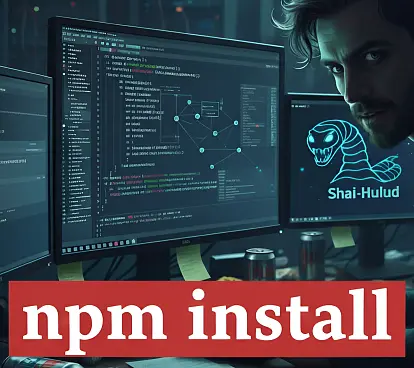
The Cybersecurity Value Chain: From Strategy to Control
July 29, 2025
At Sngular, We See Cybersecurity as a Strategic Business Enabler
One of the main challenges in cybersecurity is building a solid bridge between GRC (Governance, Risk, and Compliance) directives and technical execution. When this bridge weakens, strategy gets lost, controls are applied without context, and security is perceived as a hindrance rather than an enabler. Therefore, this function must be perfectly aligned with business goals to reduce uncertainty in achieving objectives.
To illustrate the importance of this bridge, consider the number one risk in the cloud. Gartner emphatically states that the vast majority of security incidents are not due to complex external attacks, but rather to "misconfiguration." In fact, these misconfigurations are a direct symptom of the disconnect between the rule and its justification.
It's at that moment the key question arises, "Why?" If the only answer is "because it's the rule," then we're doing something wrong. In our experience, the only way to provide a solid answer to that question and combat the root cause of this problem is by building a value chain that connects strategy with execution.

The Why-What-How Model
It all starts with the "Why." Before writing a single rule, we must answer the fundamental questions that define business risk. Do we know what we are protecting? Customer data? Intellectual property? Service availability? And, on the other hand, what happens if we fail? Are we more concerned about a multi-million euro fine, reputational damage, or direct customer loss?
This is not a technical exercise; it's a business analysis. For example, it's not about "protecting a bucket"; it's about understanding that "this bucket contains European customer personal data (PII), and a leak would expose us to a €20 million fine under GDPR and destroy trust in our brand." This "why" is the anchor, the justification for everything that follows.
From this foundation, the risk is translated into the "What," which is the clear and concise expression of the decision we have made.
Following the example, if the "Why" is that "the risk of a customer data leak is unacceptable," the "What" becomes the directive: "no storage system containing customer data can be publicly accessible."
This directive is no longer arbitrary; it's a business rule directly linked to the company's objectives and easy to communicate to anyone in the organization.
Finally, the chain is completed with the "How," the last link where strategy materializes into technology. It's the automated implementation that enforces compliance with the directive ("the what"), which exists to mitigate the risk ("the why"). Thus, the directive "no bucket with customer data can be public" translates into the application of an organization-level policy. In the specific case of Google Cloud, this makes access to information technically impossible for roles with lower permissions.
For example:
{
"constraint": "constraints/storage.publicAccessPrevention",
"booleanPolicy": {
"enforced": true
}
}
This code is not just a technical configuration; it's the final manifestation of a strategic business decision. This same principle applies in other clouds with equivalent tools, such as Service Control Policies (SCPs) in AWS or Azure Policy, demonstrating that the model is a de facto standard in cloud security management.
This is the essence of how we understand cybersecurity at Sngular. A discipline that abandons the old paradigm of being restrictive to become an enabling function, translating risk into tangible and automated protection. Our approach is to build this value chain alongside our clients, ensuring that every control, every line of code, and every policy has a clear purpose and directly serves the business strategy.
Applying this model elevates cybersecurity: from being perceived as a reactive cost center, it becomes a driver of trust that actively propels secure business growth.
Understanding cybersecurity as an enabler is the core of our commitment. At Sngular, we don't just implement technical controls; we build resilience and trust. Our team of qualified professionals works collaboratively to offer everything from GRC consulting to vCISO (virtual CISO) services that integrate with your objectives. Additionally, we strengthen the first line of defense, your employees, with Awareness and Training programs, and test your systems with offensive security audits.
If you're looking for a strategic partner to transform your cybersecurity from a cost center into a driver of trust, we'd love to talk.
Contact us and let's explore how we can reduce the uncertainty of your business objectives.
Our latest news
Interested in learning more about how we are constantly adapting to the new digital frontier?

Tech Insight
October 8, 2025
Shai‑Hulud: The massive attack on npm that is shaking up the software supply chain

Tech Insight
August 11, 2025
Atlassian and Google Cloud: The alliance that multiplies the value of our technological ecosystem

Event
May 26, 2025
Madrid pulses with the new era of Artificial Intelligence at the Google Cloud Summit 2025

Insight
May 14, 2025
We’re supporting B100 in their next big step: Off to Save — saving money while taking care of your mental health.
